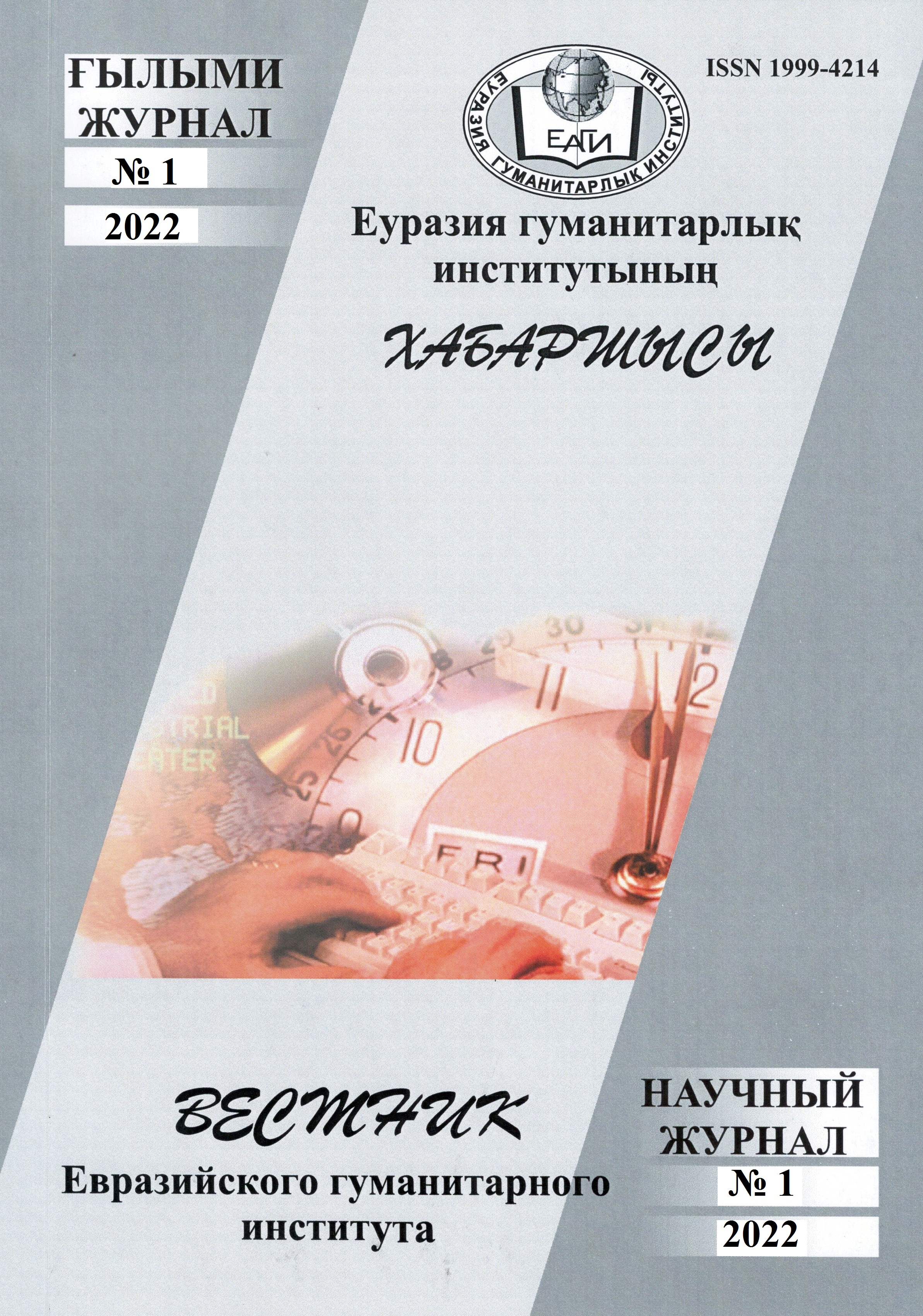МОДЕЛИ МИРОВЫХ СТОЛИЦ В ПРОЗЕ ХХІ ВЕКА
Ключевые слова:
постмодернизм, городская проза, модель, столица.Аннотация
Статья посвящена актуальной проблеме современного литературоведения – изучению вопроса создания художественного образа – модели столиц мира в прозе XXI века. В содержании статьи также затрагиваются такие социально значимые вопросы, как городской образ жизни, судьба маленького человека в большом городе, проблема одиночества, замкнутости личности. Работа напрямую связана с актуализацией урбанистической темы в литературе в начале третьего тысячелетия. В начале статьи дается обзор теоретической литературы по исследуемому вопросу. Методологической базой исследования являются труды таких ученых, как M. Бевилл, A. Вессельс, П. Торкамане, С.В. Пирогов, В.В. Цуркан, Т.И. Васильева, Н.Л.Карпичева и др. Объектом исследования являются следующие постмодернистские романы: «Просто вместе» (2004) французской писательницы Анны Гавальда, «Книга без фотографий» (2011) русского прозаика Сергея Шаргунова, «Ак Орда» («Ақ Орда») (2005) казахского автора Дукенбая Досжана. Путем герменевтического анализа выбранных художественных произведений, изображающих такие мировые столицы, как Париж, Москва и Нур-Султан, нами были выделены следующие модели столицы: 1. «Столица – хронотоп»; 2. «Столица – прекрасный город»; 3. «Столица – город воспоминаний»; 4. «Столица – православный город»; 5. «Столица – город карьеры»; 6. «Столица – символ новой страны».
Загрузки
Опубликована онлайн
Версии
- 04-05-2022 (3)
- 14-04-2022 (2)
- 24-03-2022 (1)


